Arctic oil: confrontations ahead?
The first oil from the controversial Prirazlomnaya offshore Arctic oil platform is on its way to Rotterdam. This, you will remember, was the oil rig where the Greenpeace “Arctic 30” were arrested by Russian forces last September during a protest. The Greenpeace ship Rainbow Warrior III is on its way to meet the tanker, the “Mikhail Ulyanov”, and protest against Arctic oil drilling. (The Greenpeace icebreaker Arctic Sunrise remains in the custody of the Russian Investigative committee, over six months after the action and four months since an official amnesty was adopted).
This oil transport marks the first ever shipment of Arctic offshore oil. Interestingly, it has been bought by the French oil concern Total SA. I remember the furore when the chief executive of that very company Christophe de Margerie, ruled out drilling in the Arctic in 2012 out of concern about the effect of a possible spill. Hm. Looks like it’s OK to profit from the oil as long as somebody else takes the risk. Although I seem to remember at the time that worry about the negative impact a spill in the sensitive ecosystems of the remote Arctic would have on the image of the industry as a whole played a role in the decision.
Greenpeace Captain Peter Willcox, a member of the ‘Arctic 30’ who was imprisoned in Russia for over two months after the protest at Gazprom’s Prirazlomnaya platform in the Pechora Sea last year, is at the helm of the Rainbow Warrior III. The organization is not saying much about what form the protest will take as yet. But presumably the risks of a drastic response like last year’s Russian crack-down are minimal in the North Sea. As far as the culture of dealing with protest in the Arctic is concerned however, a recent announcement by President Putin gives little reason for optimism. On April 23rd, the Barents Observer carried a worrying report headlined “Putin arms Arctic drillers” on a meeting between Putin and his top national security aides. It says Putin highlighted the need for an enhanced security presence in Russian Arctic territories to protect oil production facilities, loading terminals and pipelines “against terrorists and other potential threats”.
The same day Putin signed amendments in a federal law on the protection of oil and gas objects and infrastructure. It gives Russian oil companies the right to establish their own protection units. The Barents Observer quotes the newspaper Rossiskaya Gazeta as suggesting the companies might eventually hire “thousands of well-armed people, equipped with automatic weapons, vehicles, vessels and aircraft”, mostly former military personnel, police officers and special forces agents. Even if that proves to be slightly exaggerated: the thought of corporate armed units having the law in their own hands to squash anything that looks like opposition to Arctic development is a nightmare.
“This week’s Arctic speech from the Russian leader has a scope which goes far beyond imagined threats from potential terrorists. It also includes a major element of heightened inter-state tensions”, according to the Barents Observer. Given the current climate against the background of the ongoing Ukraine conflict, I have to share that concern. With the Russian leader stepping up the country’s military presence in the Arctic arguing that there is an “increasing conflict of interest between the Arctic coastal states” and that “the situation in the world is fraught with new risks and challenges to Russian national interests”, it is hard to be optimistic about the prospects for an Arctic future free of confrontation.
Empowering Arctic Youth
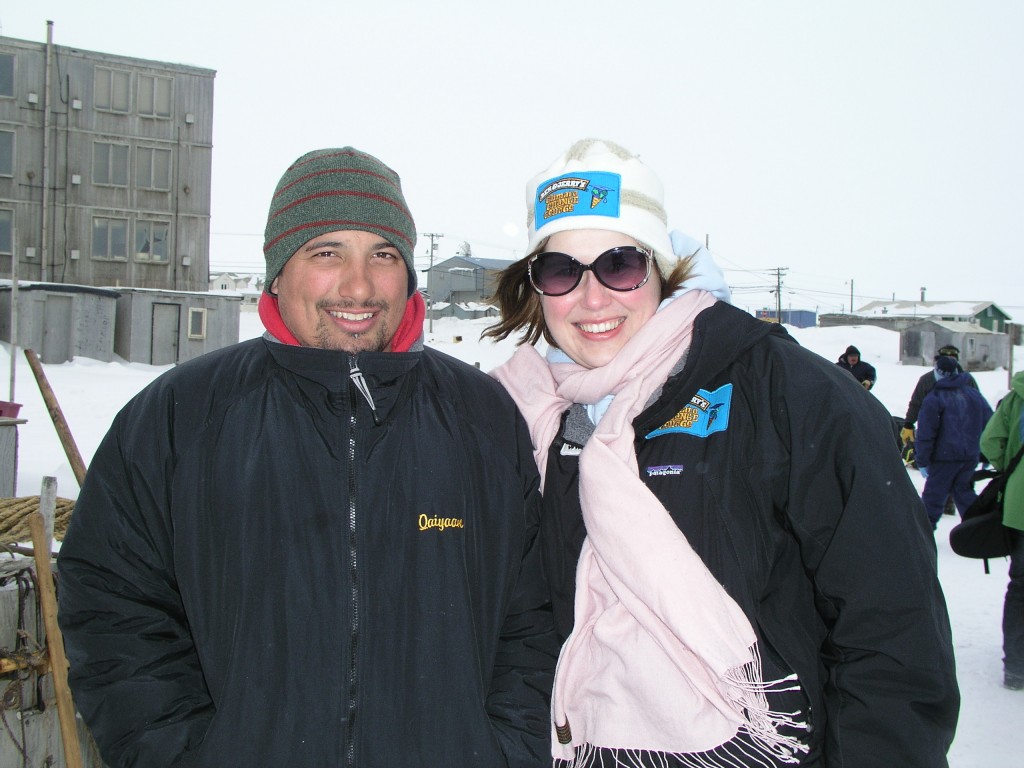
Cara and Kayan – “Give me a solar-powered snow mobile and I’ll use it” was the young Eskimo’s quip in Barrow, Alaska, in 2008.
Back in 2008, the Ice Blog was born when I was on a trip to Alaska reporting on the “Climate Change College”, a joint project by WWF and an ice cream company to interest young people in climate change. Young climate ambassadors from Europe had won a trip to Arctic Alaska to find out first hand about the impacts of climate change – and to meet with young people in the region. I am still in contact with some of the ex-ambassadors, who are continuing to make contributions to climate and environment protection in their careers and everyday lives. Cara Augustenborg in this photo is a successful academic, entrepreneur and Green Party candidate in Ireland. Kayan, I wonder if you are still in Alaska and if you ever got yourself an environment-friendly means of transport?
Anyway, I have Elías Thórsson from the Arctic Journal to thank for drawing my attention to a new youth project inside the Arctic: YAC, the Youth Arctic Coalition. It sees itself as “Youth collaboration to address environmental, economic and social challenges and opportunities in the Arctic”. The latest edition of the Arctic Journal has a story by Elías on the group and the need to include young people in decisions on Arctic issues, headlined “Carpe Arcticum”.
Indeed, the Arctic is one of the fastest changing places on the planet. With countries as far away as China or Japan making their interest(s) plain, what happens in the Arctic today will have a huge impact to the region future generations in the High North will inherit.
During my latest visit to Arctic Norway in January, young protesters in Tromso told me of their fears about the environmental impacts of Arctic oil drilling. During visits to Alaska, I spoke to young Inupiat residents who were more concerned about jobs and hoping to continue to benefit from wealth from the oil industry. In Greenland, some of the youngsters I spoke to were torn between concern about the melting ice and changes to the lifestyle they had grown up with, and the hope that climate change might bring jobs and prosperity to their Arctic island.
The YAC, which held its inaugural conference in February, is trying to bring young people from across the Arctic together to have their say in what is happening. It is not an easy task, as Elías explains in the article. Clearly, views amongst young people will cover as wide a spectrum as those of any other generation. But they will be united in their interest in looking beyond the short-term interests which influence business and politics today.
So good luck to YAC and here’s hoping your organization will attract a lot of interest. And that it will inspire a lot of active participation to shape a sustainable future for the Arctic and represent the interests of coming generations in a region in danger of losing its identity amidst the ever-faster changes caused by a warming climate.
Greenland’s icecap losing stability
Catching up on the last few weeks of icy news after a spring holiday, my eye was caught by an item by Tim Radford from the Climate News Network, dated April 13th. I quote: “Greenland is losing ice from part of its territory at an accelerating rate, suggesting that the edges of the entire ice cap may be unstable”. This caught my attention not just because anything relating to Greenland tends to do that, but because the development could have major significance for the future world climate and sea level- and because it doesn’t seem to have made its way into the mainstream media at a time when sensitivity to the issue should have been high after the IPCC report.
The Greenland ice sheet is the largest terrestrial ice mass in the northern hemisphere. Radford draws attention to a study in Nature Climate Change by Shfaqat Khan from the Technical University of Denmark and colleagues, which indicates that the ice sheet could be melting faster than previously thought. This would mean Greenland’s contribution to sea level rise has been under-estimated (once again!), and oceanographers may need to think again about their projections.
The scientists used more than 30 years of surface elevation measurements of the entire ice sheet to discover that overall loss is accelerating. Previous studies had identified melting of glaciers in the island’s south-east and north-west, but the assumption had been that the ice sheet to the north-east was stable, Radford writes:
“It was stable, at least until about 2003. Then higher air temperatures set up the process of so-called dynamic thinning. Ice sheets melt every Arctic summer, under the impact of extended sunshine, but the slush on the glaciers tends to freeze again with the return of the cold and the dark, and since under historic conditions glaciers move at the proverbial glacial pace, the loss of ice is normally very slow.”
But with global warming, Greenland’s southerly glaciers have been in retreat and one of them, Jakobshavn Isbrae or Sermeq Kujalleq, is now flowing four times faster than it did in 1997. I first reported on this during a trip to Greenland in 2010, and have presented various new studies on it here on the Ice Blog since.
The new research by the Danish-led team considers changes linked to the 600 kilometre-long Zachariae ice stream in the north-east, using satellite measurements. It has retreated by some 20 kilometres in the last DECADE, whereas Sermeq Kujalleq has retreated about 35 kms in 150 years. The Zachariae stream drains around one-sixth of the Greenland ice sheet, and because warmer summers have meant significantly less sea ice in recent years, icebergs have more easily broken off and floated away, which means that the ice stream can move faster. “North-east Greenland is very cold. It used to be considered the last stable part of the Greenland ice sheet,” said one of the team, Michael Bevis of Ohio State University in the US, in an interview with the Climate News Network.
“This study shows that ice loss in the north-east is now accelerating. So now it seems that all of the margins of the Greenland ice sheet are unstable.”
The scientists used a GPS network to calculate the loss of ice. Glacial ice presses down on the bedrock below it: when the ice melts, the bedrock rises in response to the drop in pressure, and sophisticated satellite measurements help scientists put a figure on the loss of ice. They calculate that between April 2003 and April 2012, the region was losing ice at the rate of 10 billion tons a year.
“This implies that changes at the margin can affect the mass balance deep in the centre of the ice sheet,” said Dr Khan. Sea levels are creeping up at the rate of 3.2 mm a year. Until now, Greenland had been thought to contribute about half a mm. The real figure may be significantly higher, according to the report.
This is a very worrying development, but it seems to me it did not get a lot of public attention. This brings me back to the question of the discrepancy between what we know about the impacts of climate change and the widespread lack of political and consumer action. (See my article Denial or Disconnect: Why don’t we act on climate change?)
Are people sticking their heads in the sand (or melting snow)? Have we just been assured so many times that the Greenland ice sheet will never melt that we don’t sit up and take notice? Is it too far away in time and space to bother us? Are too many people giving up and resigning themselves to the fact that climate change is inevitable? Is it just so much easier to hold on to the status quo instead of having to make changes to our 21st century lifestyles?



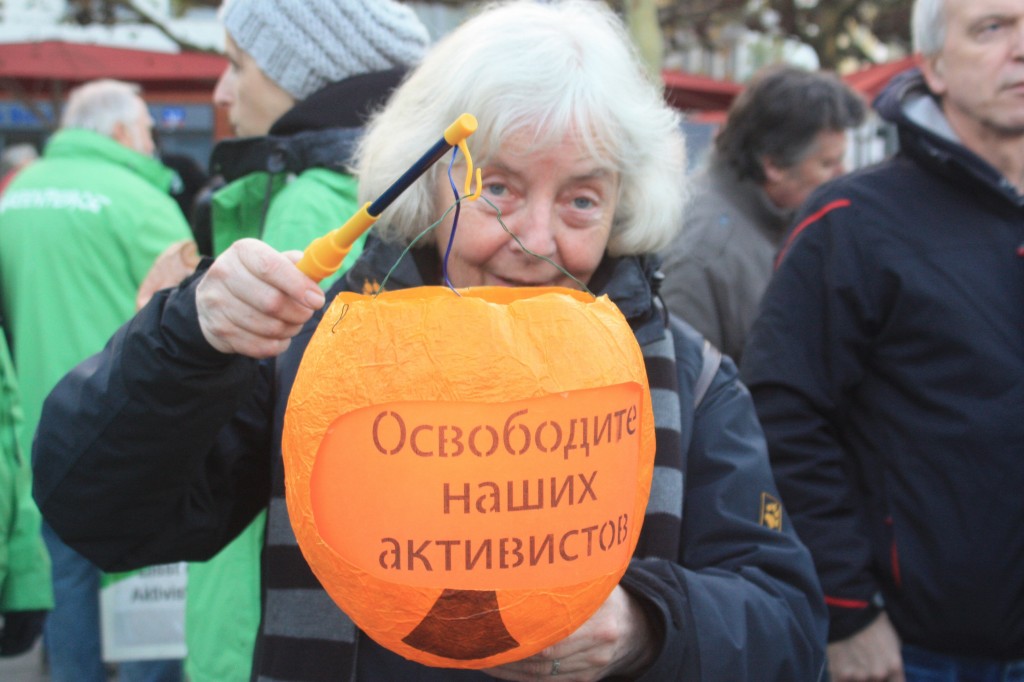
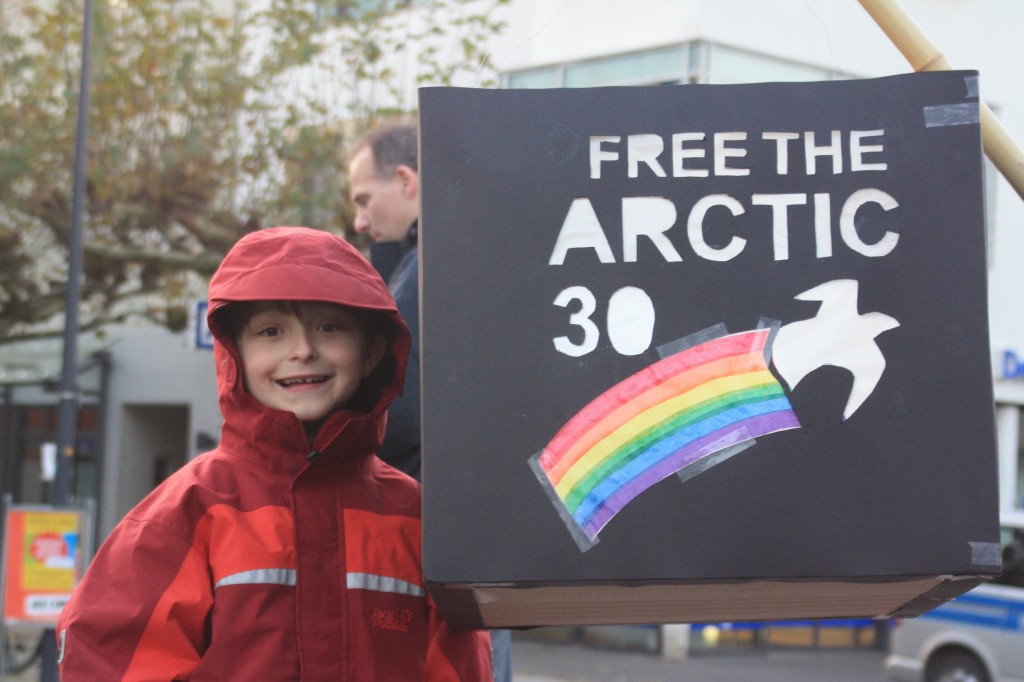

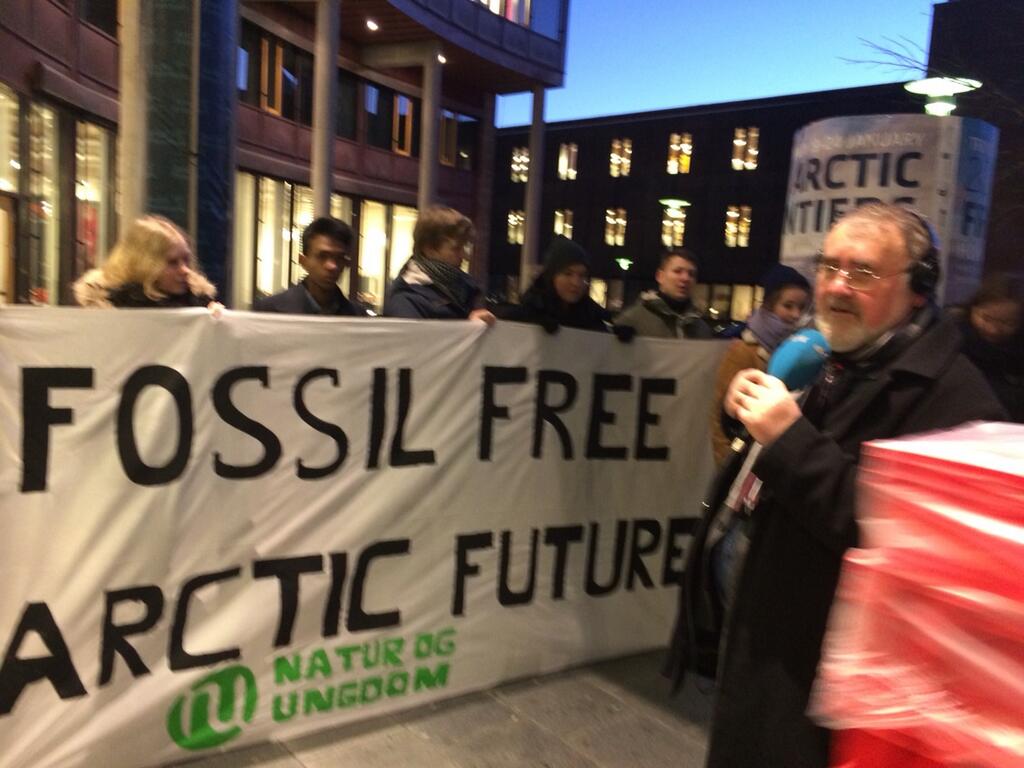
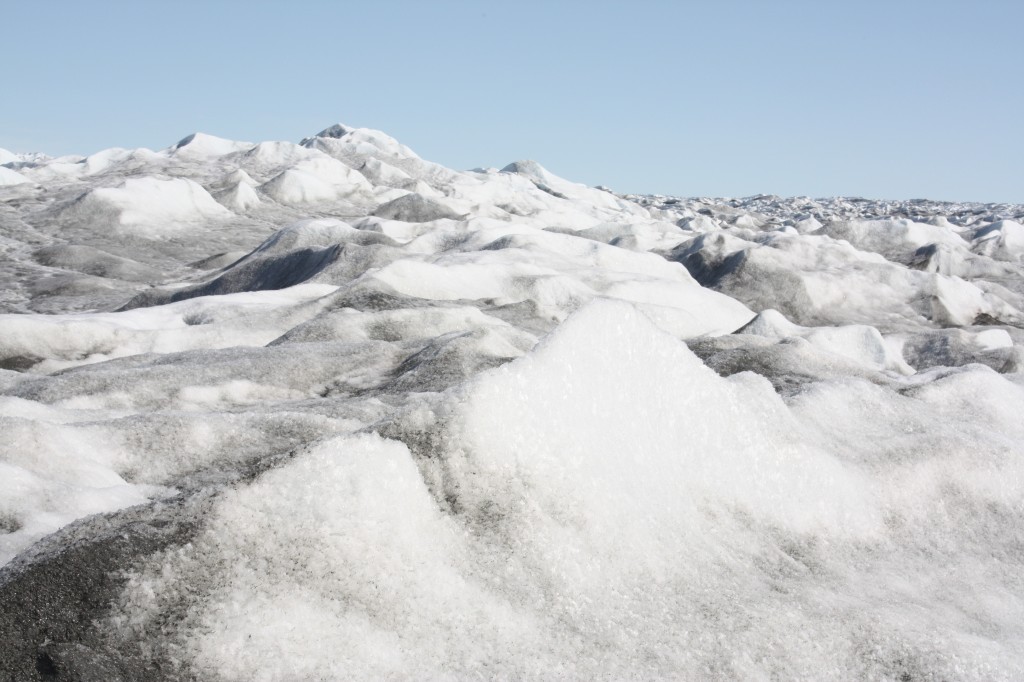
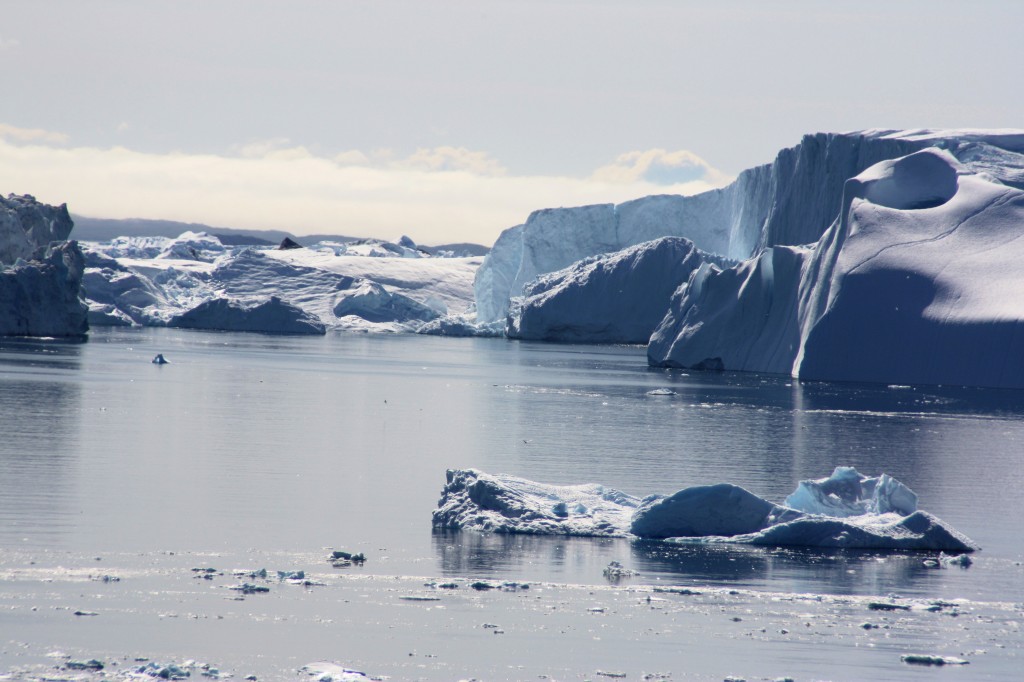
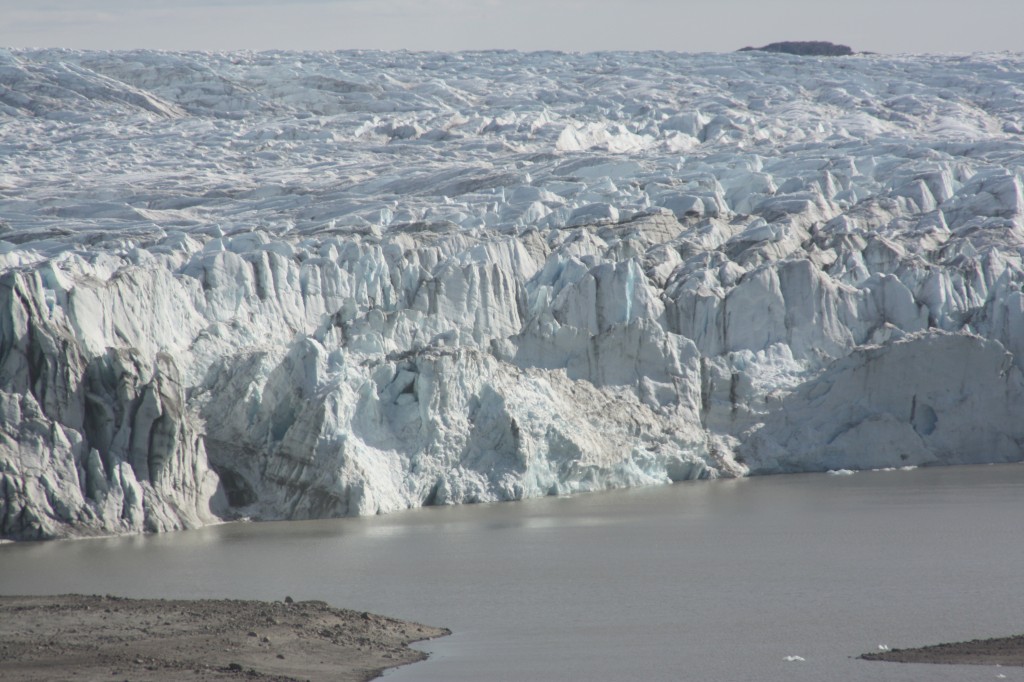












Feedback